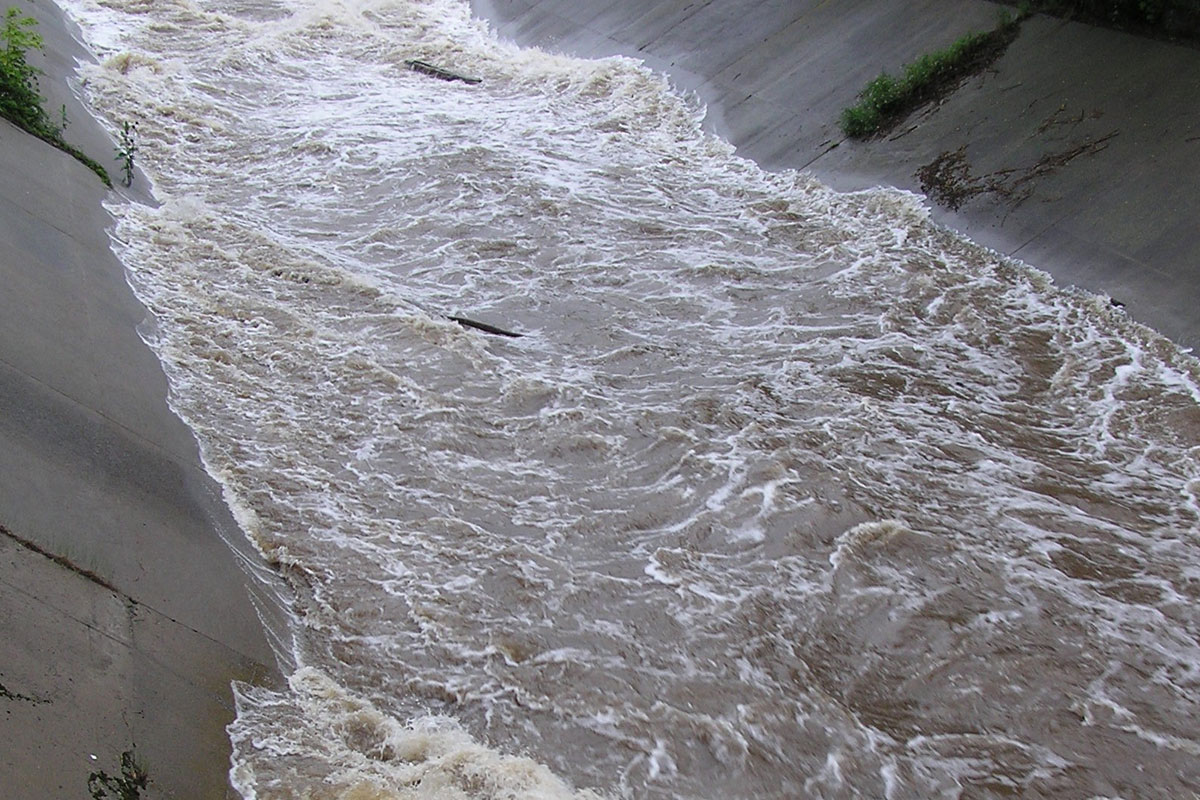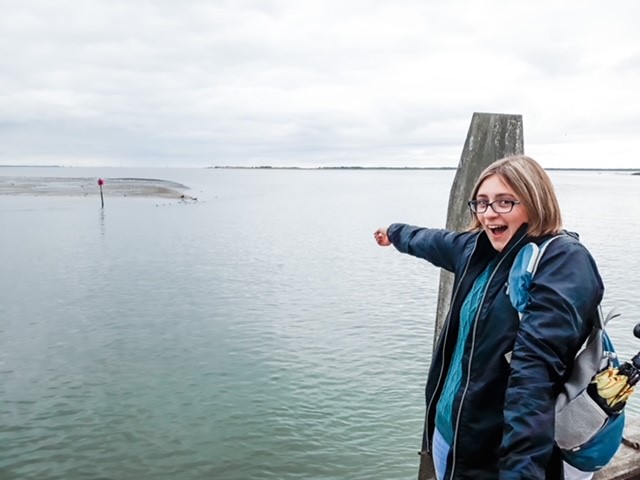News

Where Does All the Water Go?

By Emily Mansfield, PCCD Communications Coordinator
Here in Pike County, we get a lot of precipitation. In the summer, we can have rumbling thunderstorms that often result in over an inch of water overnight, and in the winter, we may get up to a foot of snow at a time. But the snow doesn’t stay there forever, and the rainstorms don’t leave ponds in our yards for long. So, where does all that water go?
Once the water is on the ground, it has 3 options: evaporate, infiltrate, or runoff. Some of that water evaporates, changing from a liquid to a gas form and reentering the atmosphere as water vapor. Most of it though infiltrates the ground or runs off until it reaches a surface water or seeps into the ground at another location and becomes part of the groundwater at the new location.
However, the water can only pass through the ground where the surface is permeable, or porous enough for the water to soak in. Permeable surfaces are ground coverings like meadows and gardens but not asphalt or concrete. This means that water on impermeable surfaces must runoff until it reaches a permeable surface, and, as it travels, it can pick up substances like lawn chemicals, trash, and sediment- PA’s #1 pollutant. When the stormwater reaches someplace where it can permeate the ground or a surface water like a creek that it can join, it takes those pollutants with it. Then both the water and pollutants continue to travel through the watershed, moving between connected groundwater aquifers or flowing into larger and larger surface waters.
So, how do we stop these pollutants from ending up in the waters that we drink from and recreate in? By properly disposing of trash and household hazardous waste, as well as by minimizing pesticide and fertilizer use, we can keep pollutants away from stormwater. To reduce the quantity of stormwater runoff, we can install rain barrels, rain gardens, and bioswales to catch the precipitation for release later so that there isn’t so much water on the surface at once. As a bonus, rain gardens and bioswales add beautiful vegetation to any landscape, and water caught in rain barrels can be used to water flower beds. We can also prevent eroded soil from being washed away by installing silt fences and socks around disturbed earth areas and planting vegetation that holds the soil in place with its deep roots. Lastly, we can increase the area that stormwater can infiltrate the ground, reducing the distance it travels and thus the potential for picking up pollutants. We can do this by replacing impervious surfaces with gardens, retention ponds, and permeable pavement.
By properly managing the stormwater and potential pollutants on our own properties and in our communities, we can all have a part in protecting our waters. And as you soak up these solutions, let’s ensure that all the water can soak into the ground. With your help, we won’t be flooded with floods!
